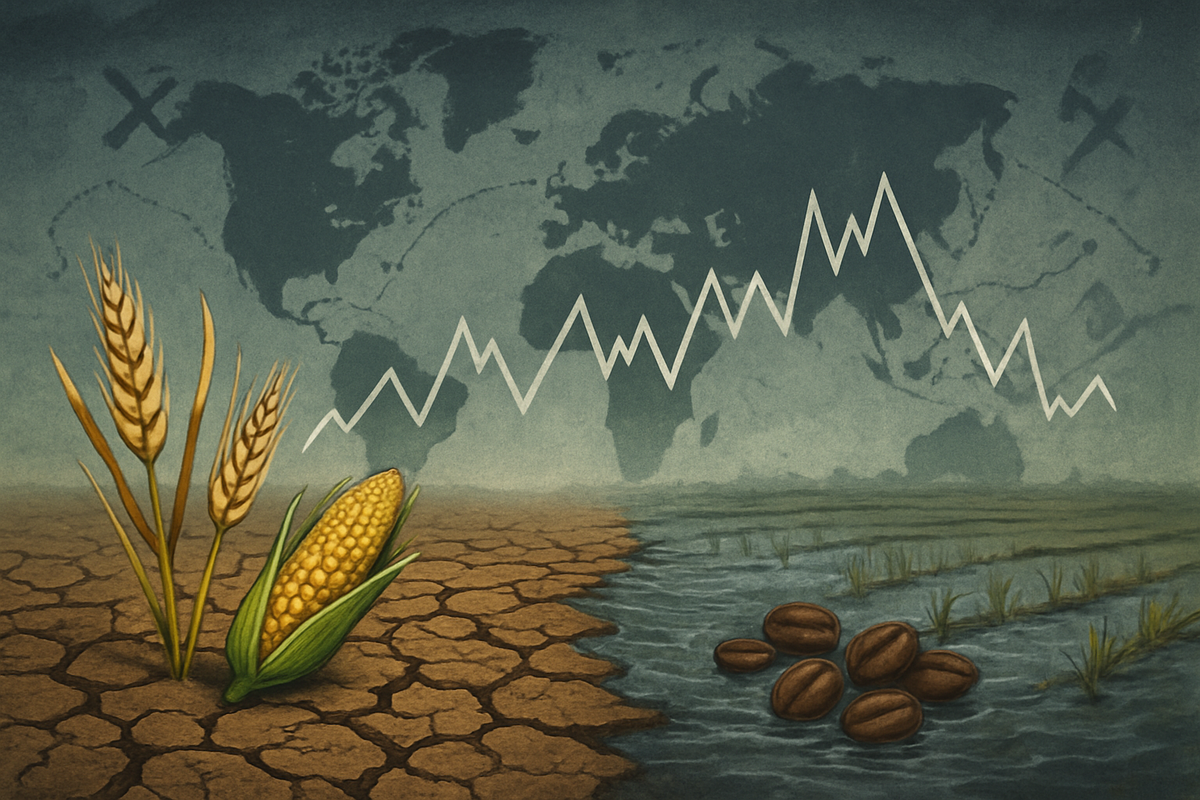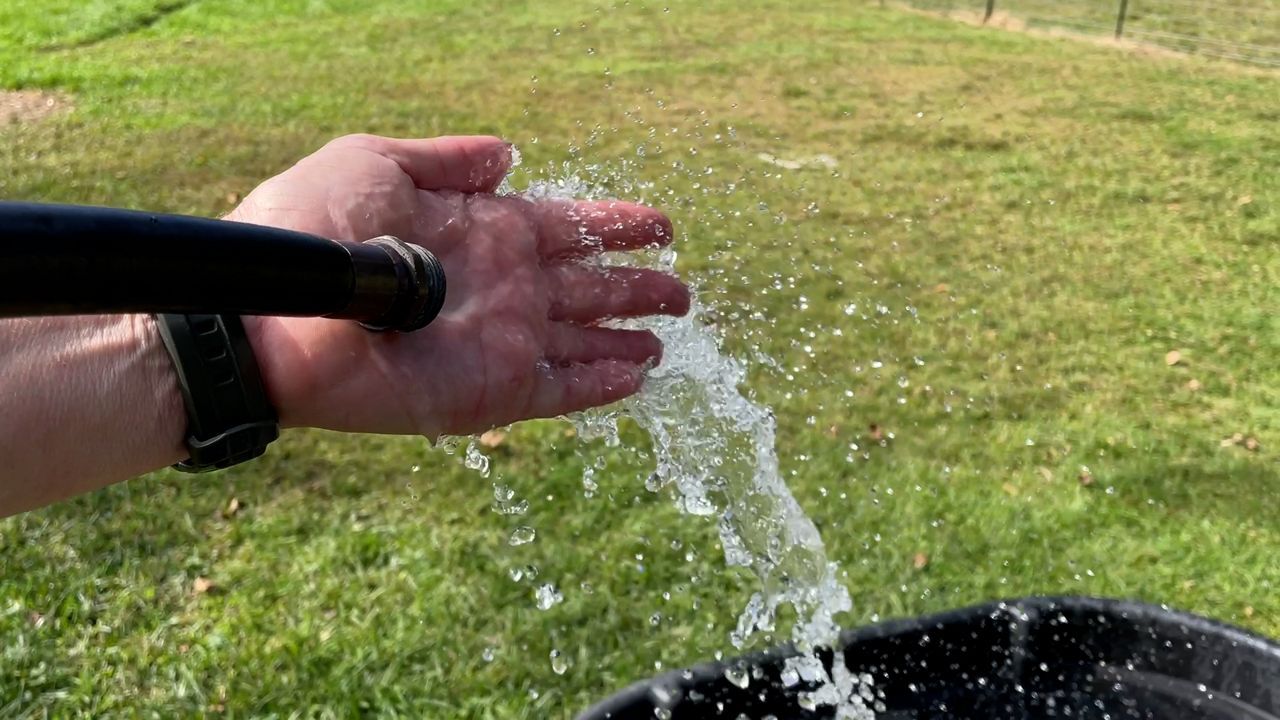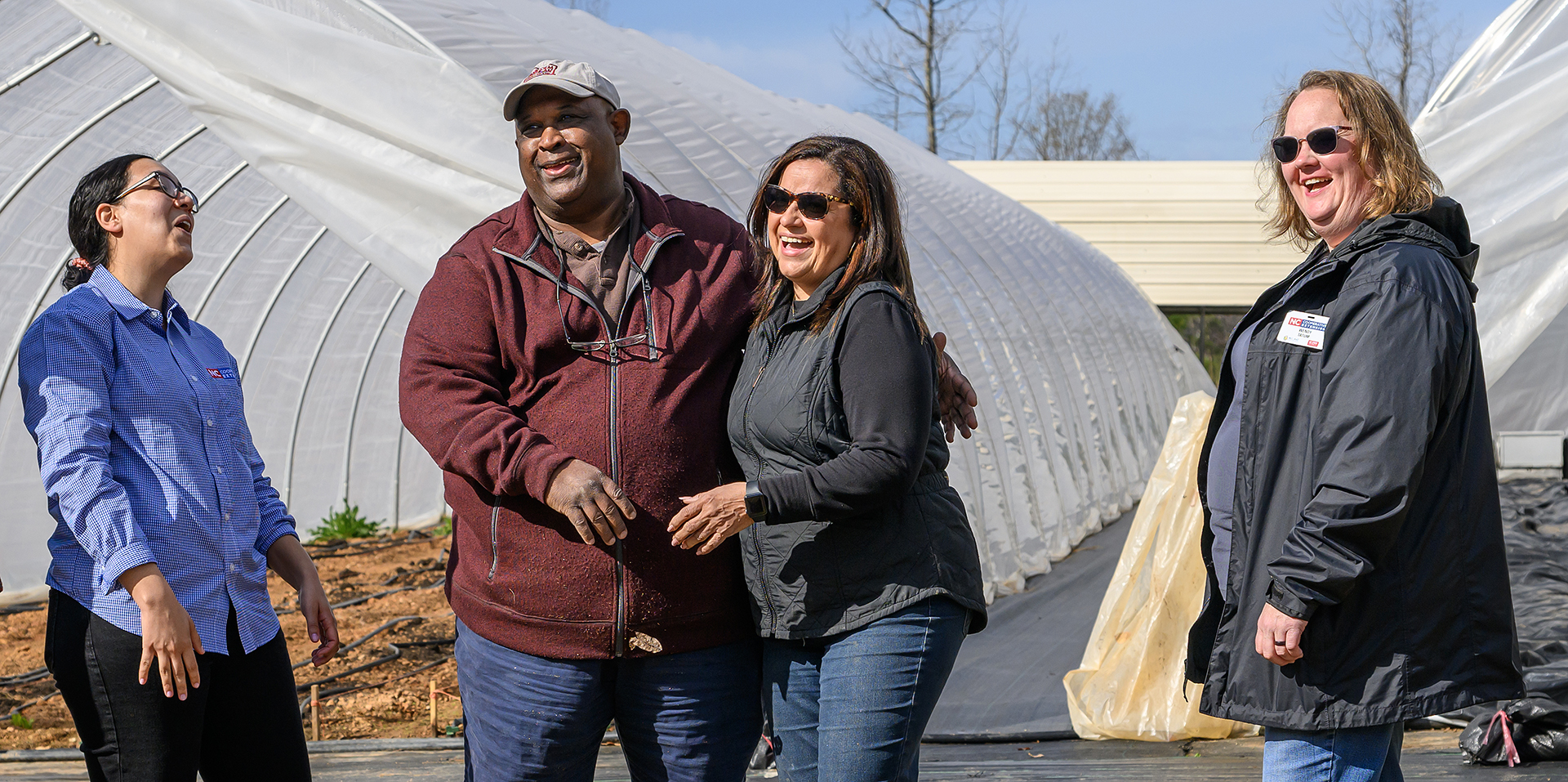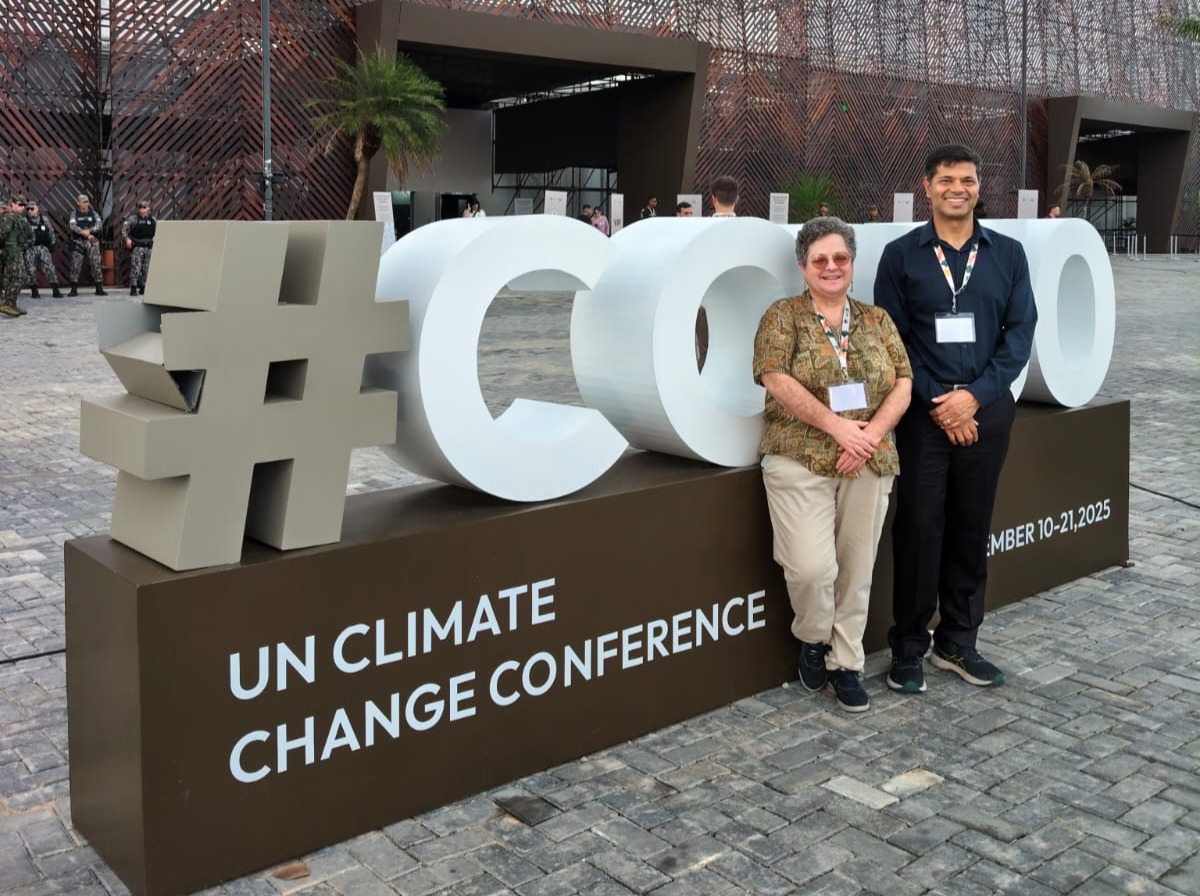Experts warn climate change drives major declines in Türkiye’s crops | Daily Sabah – Daily Sabah

Report on Climate Change Impacts on Agricultural Productivity and Sustainable Development Goals in the Mediterranean Basin
Introduction: Climate Change as a Direct Threat to SDG 2 (Zero Hunger) and SDG 13 (Climate Action)
A significant decline in precipitation, approximately 20% over the last 25 years, has been recorded in the Mediterranean Basin, including Türkiye. This trend, combined with rising temperatures, presents a critical challenge to regional food security and the achievement of Sustainable Development Goal 2 (Zero Hunger). According to Professor Önder Çalmaşur of Atatürk University, these climatic shifts are directly reducing crop yields, undermining sustainable agriculture, and jeopardizing the stability of food production systems.
Climate Projections and the Urgency for SDG 13 (Climate Action)
The primary driver of these changes is identified as greenhouse gas emissions, which directly contravenes the objectives of SDG 13 (Climate Action). Projections from the United Nations Framework Convention on Climate Change (UNFCCC) indicate a severe escalation of this crisis:
- A 2-degree Celsius temperature increase, the upper limit to prevent catastrophic outcomes, is anticipated by 2040.
- A potential temperature rise of 4.3 degrees Celsius is projected by 2100 if current emission trends persist.
The failure to take decisive climate action has resulted in an increased frequency of natural disasters, which further impedes progress on multiple SDGs. These disasters include:
- Floods and Landslides
- Wildfires
- Severe Droughts
- Extreme Heatwaves
Projected Agricultural Losses and Implications for SDG 2 (Zero Hunger)
The agricultural sector’s vulnerability to climate change poses a direct threat to SDG 2. Global agricultural production is projected to decrease by 3% to 16% by 2080, with developing nations disproportionately affected. In Türkiye, specific projections based on data from the General Directorate of Meteorology highlight severe future reductions in staple crop yields.
Projected Yield Reductions by 2050s:
- Corn: 13.6% decrease in Eastern Anatolia
- Sunflower: 7.7% decrease in Central Anatolia
- Wheat: 7.4% decrease in Central Anatolia
Projected Yield Reductions by 2080s:
- Corn: 19% decrease in Eastern Anatolia
- Sunflower: 13.5% decrease in Central Anatolia
- Wheat: 11.85% decrease in Southeastern Anatolia
Interconnected Challenges to Water Security (SDG 6) and Life on Land (SDG 15)
The impacts extend beyond food production, creating cascading challenges for other Sustainable Development Goals. The reduction in rainfall and prolonged droughts directly threaten water availability, undermining SDG 6 (Clean Water and Sanitation). Furthermore, shifting climate patterns are altering regional ecosystems, impacting SDG 15 (Life on Land).
- Southern Regions (Mediterranean and Aegean): Will face increasing drought and water scarcity.
- Northeastern Regions (Black Sea): May experience higher humidity and more intense rainfall events, increasing the risk of river floods and landslides.
- Coastal and Delta Regions: Face heightened flood risks due to rising sea levels.
These trends indicate a future where Türkiye will experience more severe and frequent extreme weather events, fundamentally challenging the resilience of its communities and ecosystems.
1. SDGs Addressed in the Article
- SDG 2: Zero Hunger: The article’s primary focus is on the threat to agricultural productivity and the reduction of crop yields (wheat, corn, sunflower), which directly impacts food security and sustainable agriculture.
- SDG 13: Climate Action: The entire analysis is centered on the causes and effects of climate change, such as rising temperatures, greenhouse gas emissions, and an increased frequency of climate-related natural disasters.
- SDG 15: Life on Land: The text discusses issues like increasing drought, reduced rainfall, and the risk of floods and landslides, which are all related to combating desertification and halting land degradation.
2. Specific Targets Identified
-
SDG 2: Zero Hunger
- Target 2.4: By 2030, ensure sustainable food production systems and implement resilient agricultural practices that increase productivity and production, that help maintain ecosystems, that strengthen capacity for adaptation to climate change, extreme weather, drought, flooding and other disasters and that progressively improve land and soil quality.
Explanation: The article directly relates to this target by describing how climate change is causing “reductions in crop yields” and how “droughts, sudden flooding, untimely rainfall, hail, frost and storms” are leading to “significant losses” in agricultural output, undermining the resilience of food production systems.
- Target 2.4: By 2030, ensure sustainable food production systems and implement resilient agricultural practices that increase productivity and production, that help maintain ecosystems, that strengthen capacity for adaptation to climate change, extreme weather, drought, flooding and other disasters and that progressively improve land and soil quality.
-
SDG 13: Climate Action
- Target 13.1: Strengthen resilience and adaptive capacity to climate-related hazards and natural disasters in all countries.
Explanation: The article highlights a “rise in the frequency of natural disasters such as floods, landslides, wildfires, droughts and extreme heat events.” It also details future risks for Türkiye, including “more intense rainfall events, increased risk of river floods and landslides, longer and more severe droughts and heatwaves,” which underscores the need to strengthen resilience as outlined in this target.
- Target 13.1: Strengthen resilience and adaptive capacity to climate-related hazards and natural disasters in all countries.
-
SDG 15: Life on Land
- Target 15.3: By 2030, combat desertification, restore degraded land and soil, including land affected by desertification, drought and floods, and strive to achieve a land degradation-neutral world.
Explanation: The article’s mention of a “20% reduction in rainfall,” “increasing drought conditions” on the Mediterranean and Aegean coasts, and the risk of floods directly addresses the drivers of desertification and land degradation that this target aims to combat.
- Target 15.3: By 2030, combat desertification, restore degraded land and soil, including land affected by desertification, drought and floods, and strive to achieve a land degradation-neutral world.
3. Indicators Mentioned or Implied
-
Indicators for Target 2.4 (Sustainable Agriculture)
- Change in agricultural productivity/yields: The article provides specific quantitative data that serves as a direct indicator. For example, it projects yield reductions for “wheat by 7.4%,” “corn by 13.6%,” and “sunflower by 7.7%” by the 2050s, with even higher reductions by the 2080s.
-
Indicators for Target 13.1 (Climate Resilience)
- Change in average temperature: The article cites UNFCCC projections of a “2-degree Celsius” rise by 2040 and a potential “4.3 degrees Celsius” increase by 2100 as key indicators of climate change.
- Change in precipitation levels: A “20% reduction in rainfall” over the past 25 years in the Mediterranean Basin is used as a critical indicator of changing climate patterns.
- Frequency of climate-related disasters: The article implies this indicator by stating there is a “rise in the frequency of natural disasters,” which can be measured to track progress on resilience.
-
Indicators for Target 15.3 (Land Degradation)
- Prevalence and severity of drought: The article points to “longer and more severe droughts” as a key climate trend, which serves as an indicator for measuring the extent of land affected by desertification.
4. Table of SDGs, Targets, and Indicators
| SDGs | Targets | Indicators Identified in the Article |
|---|---|---|
| SDG 2: Zero Hunger | 2.4: Ensure sustainable food production systems and implement resilient agricultural practices to increase productivity and adapt to climate change. |
|
| SDG 13: Climate Action | 13.1: Strengthen resilience and adaptive capacity to climate-related hazards and natural disasters. |
|
| SDG 15: Life on Land | 15.3: Combat desertification, restore degraded land and soil, including land affected by drought and floods. |
|
Source: dailysabah.com
What is Your Reaction?
 Like
0
Like
0
 Dislike
0
Dislike
0
 Love
0
Love
0
 Funny
0
Funny
0
 Angry
0
Angry
0
 Sad
0
Sad
0
 Wow
0
Wow
0
















































:focal(1500,1000)/https://media.globalcitizen.org/a6/9a/a69a4720-d8a1-4715-b596-18738d03c05c/rotary_polio_hero_image.jpg?#)







/countries/sri-lanka/photo-credit---dmc-sri-lanka.tmb-1200v.jpg?sfvrsn=dc298bcc_1#)



















